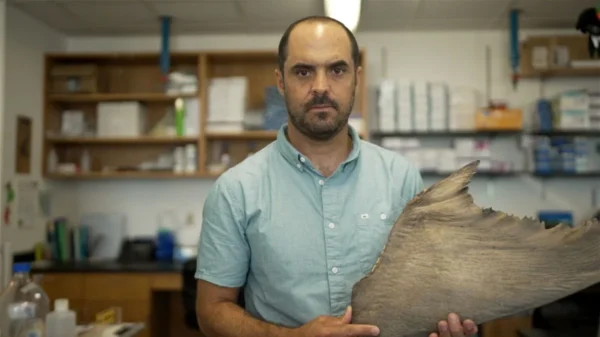Understanding Carbon Footprint
Climate change is one of the most pressing issues of our time, and reducing carbon emissions has become a global priority. A carbon footprint is the total amount of greenhouse gases, primarily carbon dioxide, emitted by an individual, organization, or community. It is a measure of the impact of human activities on the environment.
The Need for Action
With the increasing awareness of the detrimental effects of climate change, individuals and businesses are seeking ways to reduce their carbon footprint. The need for action is evident, and governments, organizations, and individuals are coming up with innovative strategies to combat climate change.
Renewable Energy Sources
One of the most effective ways to reduce carbon emissions is by transitioning to renewable energy sources. Solar, wind, and hydroelectric power are clean alternatives to fossil fuels. Governments and businesses are investing in renewable energy infrastructure to reduce their reliance on carbon-intensive energy sources.
Energy Efficiency
Improving energy efficiency is another crucial strategy in reducing carbon emissions. Energy-efficient appliances, LED lighting, and smart building technologies can significantly decrease energy consumption. By adopting energy-saving practices, individuals and organizations can make a substantial impact on their carbon footprint.
Sustainable Transportation
Transportation is a significant contributor to carbon emissions. To combat this, there is a growing focus on sustainable transportation options. Electric vehicles, public transportation, and cycling infrastructure are being promoted to reduce reliance on fossil fuel-powered vehicles. Additionally, remote work and video conferencing are becoming more prevalent, reducing the need for daily commuting.
Waste Reduction and Recycling
Reducing waste and promoting recycling are essential steps in combating climate change. Landfills emit greenhouse gases, and the production of new materials contributes to carbon emissions. By implementing waste reduction strategies and increasing recycling rates, we can minimize the environmental impact and conserve resources.
Carbon Offsetting
Carbon offsetting is a practice where individuals or organizations invest in projects that reduce or remove greenhouse gas emissions to compensate for their own emissions. This includes initiatives such as reforestation, renewable energy projects, and methane capture. Carbon offsetting can help achieve carbon neutrality and is an effective way to address unavoidable emissions.
Policy and Advocacy
Government policies play a crucial role in combating climate change. By implementing regulations and incentives, governments can encourage businesses and individuals to reduce their carbon footprint. Advocacy efforts also play a significant role in raising awareness and driving change. By supporting organizations and initiatives that promote sustainable practices, individuals can contribute to the larger goal of combating climate change.
Individual Actions
While systemic changes are essential, individual actions also make a difference. Small changes in our daily lives, such as reducing energy consumption, using public transportation, and adopting sustainable habits, can collectively have a significant impact. By being mindful of our carbon footprint and making conscious choices, we can contribute to a more sustainable future.
The Importance of Collaboration
Addressing climate change requires collaboration between governments, businesses, and individuals. By working together, we can develop and implement effective strategies to combat climate change and reduce our carbon footprint. It is through collective action that we can create a sustainable future for generations to come.
Conclusion
Reducing our carbon footprint is crucial in mitigating the effects of climate change. By implementing strategies such as transitioning to renewable energy, improving energy efficiency, promoting sustainable transportation, reducing waste, and advocating for policy changes, we can make a positive impact. Remember, every action counts, and together we can combat climate change and create a more sustainable world.




































